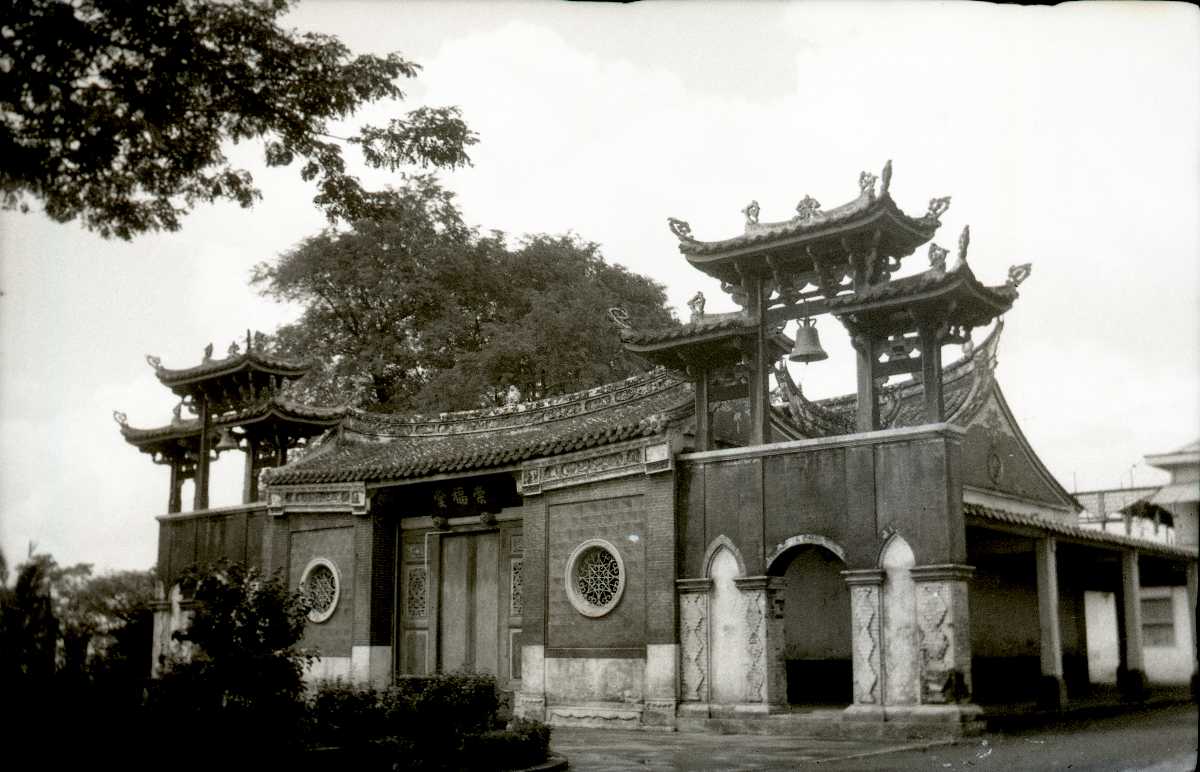Manila Chinese Cemetery
Tags : Cemetery
Timings : 24 hrs
Time Required : 1 - 2 hrs
Entry Fee : No Entry Fee
Chinese Cemetery, Manila Overview
Popularly called “Millionaires' Row” and “Little Beverley Hills”, the Chinese Cemetery is a luxuriant resting place built to bury the wealthy Chinese citizens who were refused burial in the traditional Catholic cemeteries during the Spanish colonial period. The place is flanked by posh villas and gorgeous houses that are mausoleums. These houses are occupied by the relatives of the deceased, who visit the tombs occasionally to offer prayers.
They are also fully functional households adorned with stunning chandeliers, air cons, running water, kitchens, and flushing toilets. Aside from this lavish section of the cemetery, there is also a poorer section situated away from the entrance. This area has regular tombs and mausoleums, which are made for the people who cannot afford the grand plots. The entire suburb has landmarks in between like the Chong Hock Tong Temple known to be the oldest Chinese temple in all of Manila, the Martyrs Hall which was built in honour of the Chinese community leaders who were executed by the Japanese, during World War II and the Ruby Tower Memorial which is dedicated to the Japanese- Filipino who died during the 1968 earthquake. These are all important tourist attractions in the city of Manila. A tour of the place is historically, architecturally, and culturally enlightening.
Read More on Chinese Cemetery
Places to See in the Chinese Cemetery
-
Chong Hock Tong Temple
Chong Hock Tong Temple is the oldest temple in Manila which is known to have been built in the 1850s. The architecture is not as elaborate as the other structures that were built later but is still reminiscent of the likes of the ones in Fujian province. This kind of architecture can also be seen at some traditional places in Singapore and Malaysia with colourful and vibrant friezes and upturned eaves. The temple was demolished on the 15th of March, 2015.

Caption -
Martyrs Hall (Liat See Tong)
Martyrs Hall, colloquially known as Liat See Tong is a monument that was built in the 1950s. It was dedicated to the leaders of the Chinese community who were executed by the Japanese during World War II. The Japanese invaded this country in 1941 and one of the first measures after their term began, was to uproot and execute the Chinese officials. This was done in context to the cold relations between the two that existed even before the war. -
Carlos Palanca Memorial (Tan Quien Sien)
Don Carlos Palanca (Tan Quien Sien) was an illustrious and renowned Chinese Filipino leader and established businessman of the 19th century. As stated earlier, non- Catholic Chinese settlers were not allowed space in the traditional graveyard. It was because of Carlos Palanca’s effort that the Manila Chinese Cemetery was built. His memorial is an important landmark in the area. -
Ruby Tower Memorial
Ruby Tower Memorial was built in 1974 for the Chinese Filipino people who perished during the fatal earthquake of 2nd August, 1968. The Ruby Tower was a six storey building situated near the corner of Teodora Alonzo and Doroteo Jose streets in Santa Cruz in Manila that collapsed during the earthquake. This memorial is dedicated to the people who were killed.
